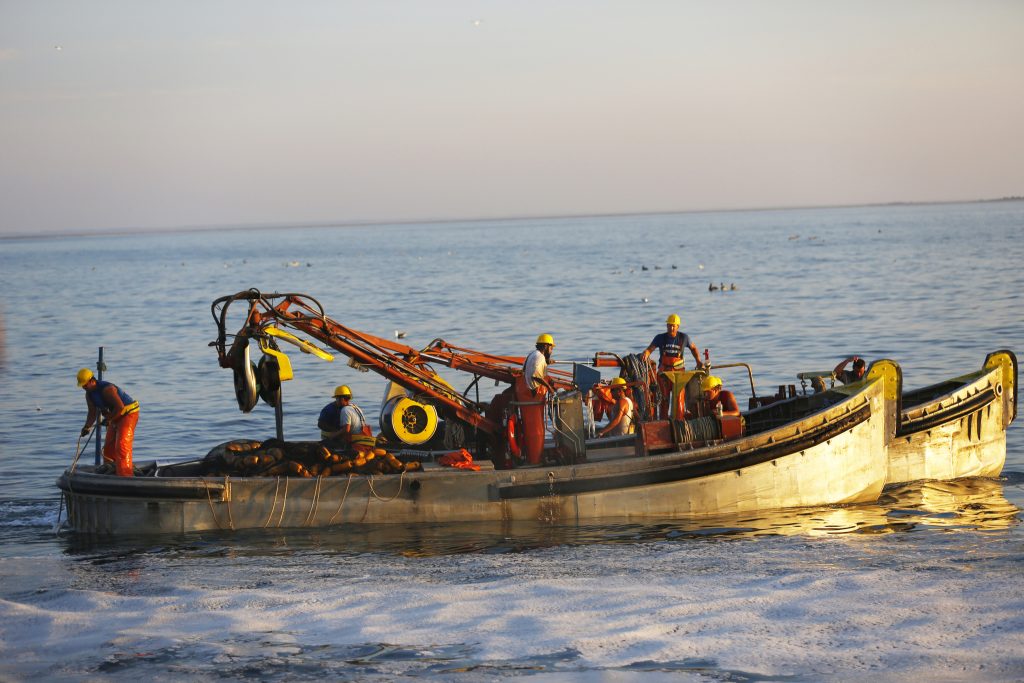June 19, 2024 — Mainers know it’s pogy season when you’re boating along the coast and see a dark underwater cloud with quick shimmers of scales flashing near the surface. Not only are striped bass, tuna, and seals happy, but Maine lobstermen are also happy when they know fresh bait will be available in the near future.
The commercial fishery opened for Atlantic menhaden yesterday in the state, while the non-commercial fishery opened on May 1. A species that occupies coastal waters from Nova Scotia down to northern Florida is believed to consist of a single population, and during mid-June, there seems to be no shortage of them along Maine’s coast.
The preliminary allocation of the Atlantic menhaden quota for the 2024 fiscal year is 24,464,561 pounds. However, this allocation is expected to decrease significantly due to an overage in 2023, when the commercial fishery landings for the species reached 20,036,403 pounds. Despite this, the small-scale fishery continues with open harvest days on Mondays, Wednesdays, and Fridays, with a daily limit for harvester vessels set at 5950 pounds, according to the Maine DMR.

